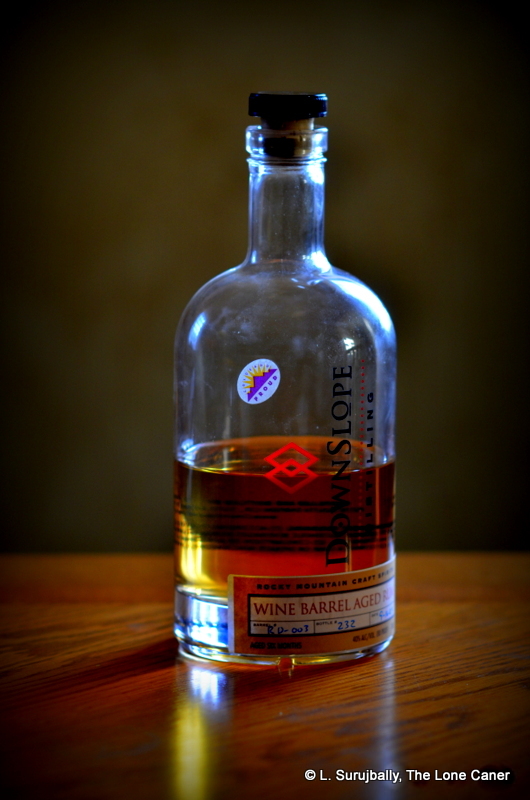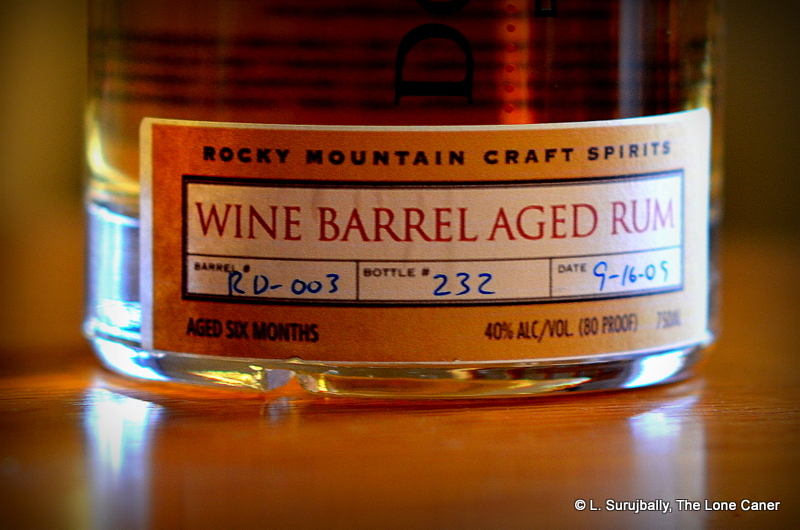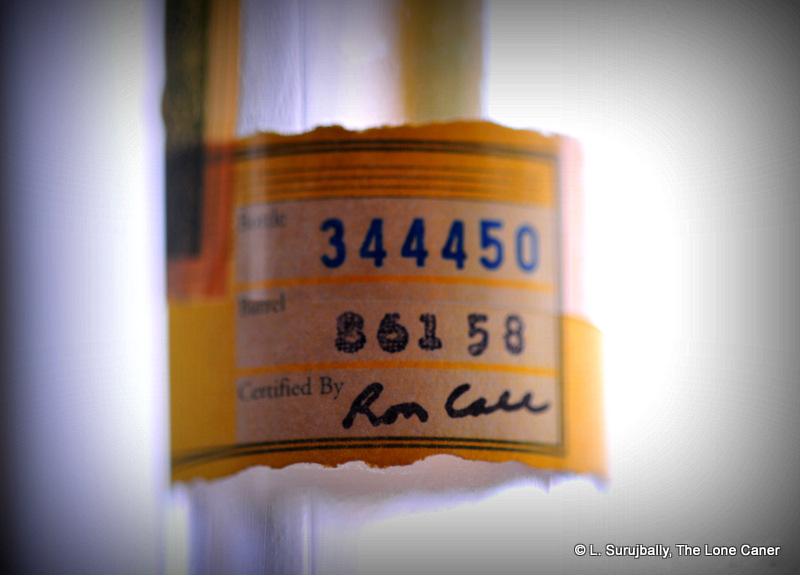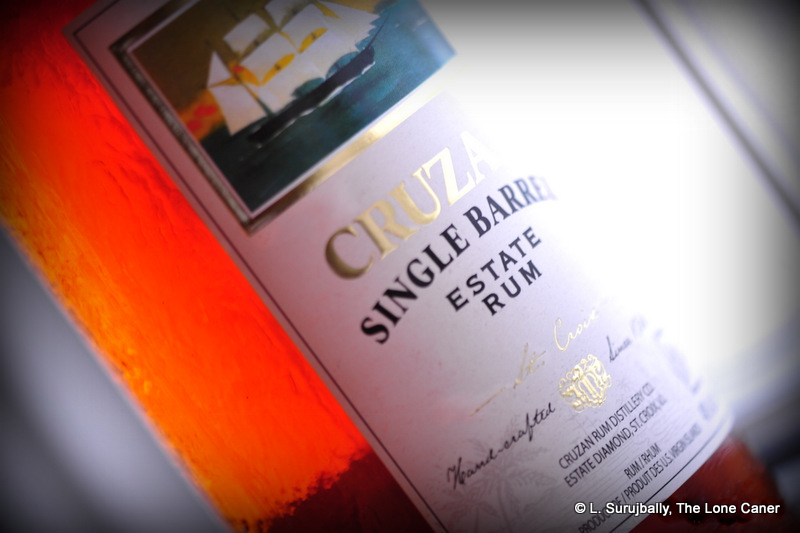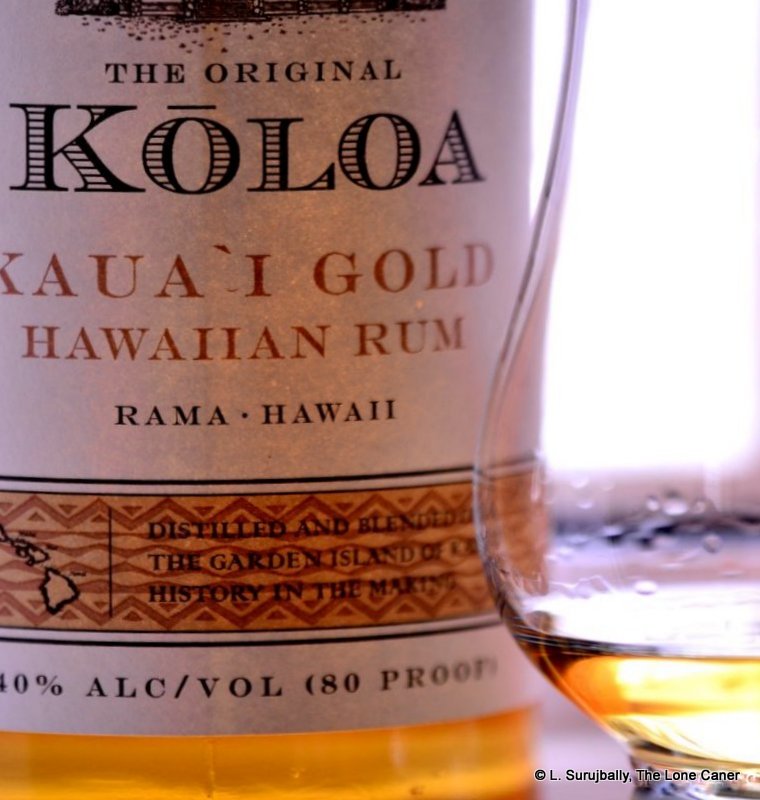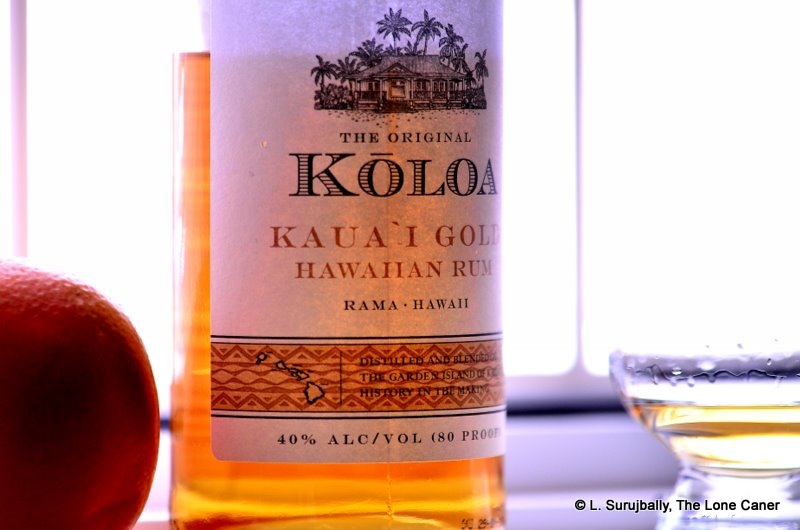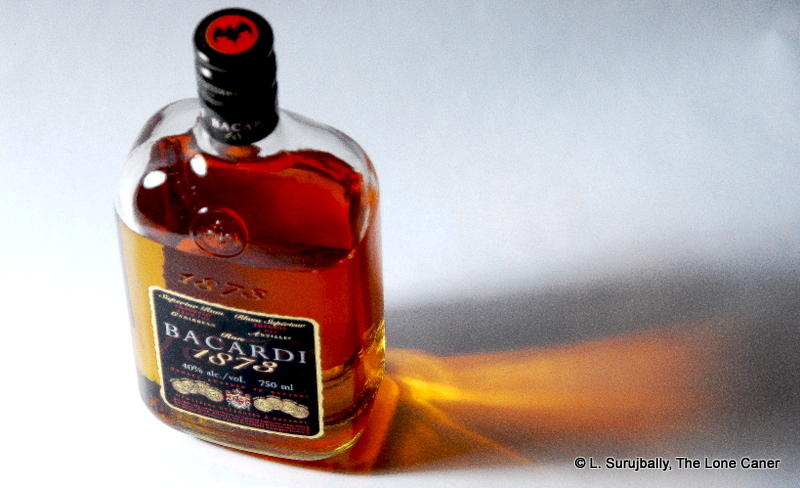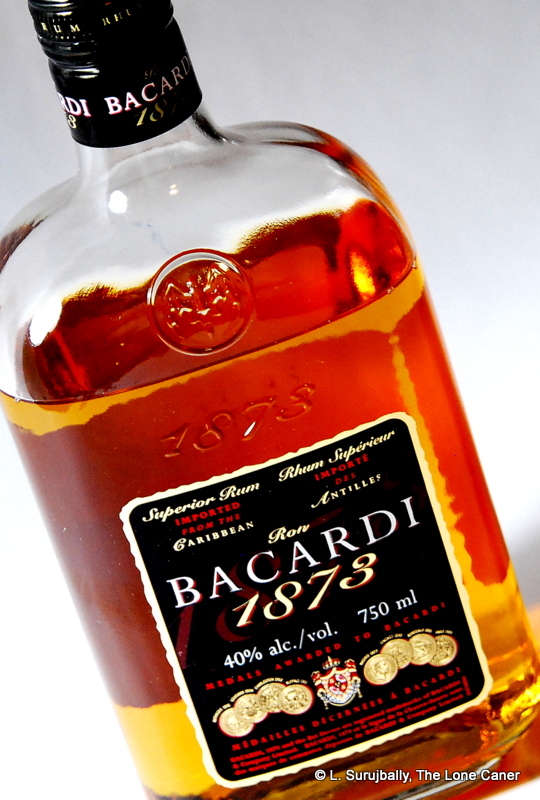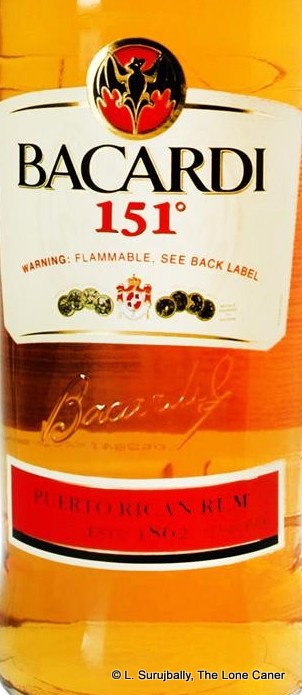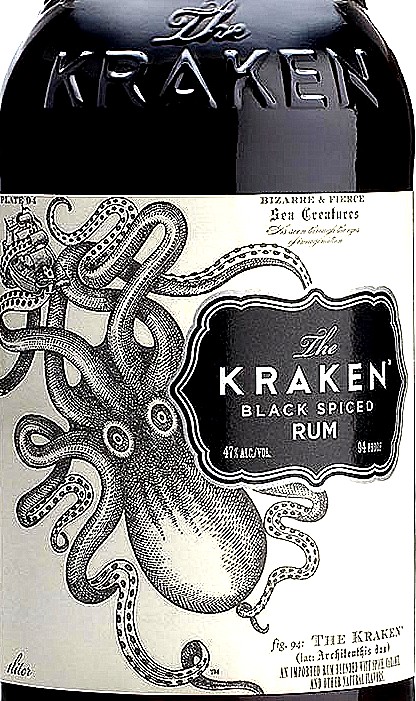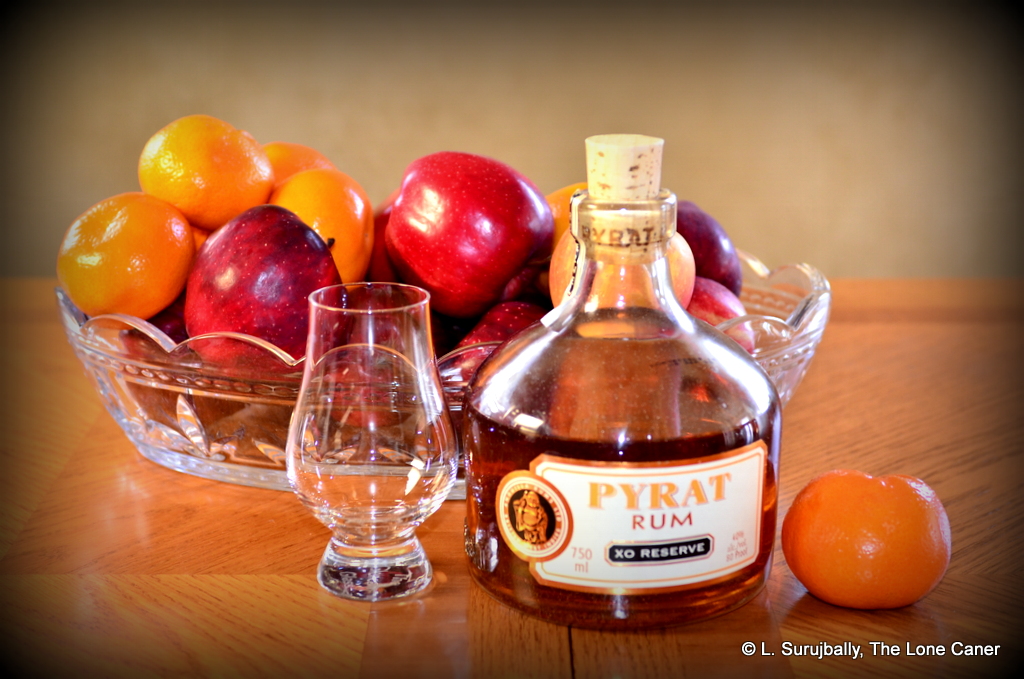Fair warning: the wine is strong on this one.
(First posted on Liquorature, December 23, 2012)
I would like to wax rhapsodic on this 40% rum; spout literate encomiums to its puissance and scintillating quality, write heady metaphors with words like “ambrosia,””zoweee!” and “wtf”. I’d like to share with you, reader, the happiness of Unicaworld (“would place this alongside my good Martinique rums on my top shelf”) or the Whatsnewinbooze blog (“…a great product from a new distillery…” and “This is an absolute must try…”) or the remarks of the Big Kahuna, when he referred to this rum as one of two shining standouts he tried from Downslope Distilling.
Unfortunately I can’t. And the short version is that in my opinion the rum, sorry to say, doesn`t work. At all.
Have you any idea how frustrating that is? Here I am, tasting rums in their tens and hundreds on mostly my own dime, month in and month out, fighting the long defeat in a desperate championing of rums in a resolutely whisky drinking country (and as part of a primarily whisky drinking book club in a whisky mad province), plaintively trumpeting the case for distilleries to go beyond, seek new horizons, rise above 40%, push the envelope, experiment…and now this rum comes along from an enthusiastic bunch of guys in Colorado who’re trying to do everything I ask for, and it…just….fails. Aaargh. It’s enough to drive a man to drink, honestly.
Downslope Distilling is an outfit set up in Colorado in 2008 partly because of some peculiar laws regarding making and distributing spirits in that state, and partly as a consequence of the rabid interest of its founders in producing what one might term craft spirits: reading around I get the impression their real interest is whiskey and vodkas, perhaps gins, with rums almost an afterthought, but maybe that’s just me. At end, I see it as a logical evolution of micro-breweries which took off in popularity some years back. Hey, we can make a decent beer…let’s try something different.
Now, with respect to its rums, DD uses unprocessed Maui cane sugar as the base from which to distil its blend, running it through a pot still twice, and then, without any filtration, chucks it right into a barrel that once held wine – each barrel used (or set of barrels) held a different wine so output is not only limited to several hundred bottles per individual run, but widely divergent from batch to batch depending on the wine it once held. I suspect that the bottle I got was aged in Merlot casks from the Napa valley where they host those popular limo tours (other bottlings are aged in Tokaji casks which is a sweet dessert wine from Hungary, or in California Chardonnay casks).
When I poured this light blonde spirit into my glass, what I smelled from three paces was a cloying reek of enormously beefed up Muscatel grapes, as if the Legendario from Cuba had enhanced itself by snorting enough coke to keel over a Himalayan yak. I mean, it was so pervasive that I could barely make out anything else – not even the usual burnt sugar and caramel notes that so characterize most rums. That’s not surprising, since they use sugar, not molasses to begin with, so to some extent what we’re getting here is a faux-agricole (true agricoles (a) are allowed to use the term and (b) start with cane juice, not sugar). It was raw and harsh and burning, grudgingly gave up a hint of nutmeg and grassy notes, before morphing into a wine on the edge of turning to vinegar, or overripe oranges just starting to go. Sharp and unappealing.
I was not reassured by the palate either: yes the wine aged rum was sweet, but also briny, and as sharp and grasping on the tongue as a vindictive ex-wife’s lawyer. It was dry as a bone and even after several minutes, all one could ascertain taste-wise was more grapes and more table plonk — way, way too much — that flooded the taste buds with their own omniscience so intensely that eventually I just had to give up, because nothing was gonna make it through those three hundred Spartans of wine. About the only thing that even marginally redeemed what I was tasting was the attendant finish, quite long, with banana, cinnamon and bitter wine notes. Not enough to save it. If they had not labelled the rum as such, I wouldn’t have known it had it been placed before me blind.
Part of the issue here is the ageing. Rums are aged in oak for years – at least one, preferably three to five, and good ones for many more – and then finished in wine casks for a few months. To try and combine the two processes for six months in barrels that impart such enormous influence is too little of one and too much of the other, and it sinks this drink utterly. No, really – it’s too raw to have neat, and I could not find a mix that even remotely ameliorated the overarching wine bedrock. This is a product in need of severe oak support for at perhaps another five years. It was a mistake to issue it so early, since what it accomplished was to give startup rum makers a bad name and makes buyers avoid rum-creating micro-distillers on principle (to the detriment of all of us boozers). Compare this hastily issued rum to the years of preparation St Nicholas Abbey did in the late 2000s before issuing their first rum, and you’ll understand where I’m coming from.
In fine, Downslope Distilling’s wine aged rum is too sharp, too young and too far out to lunch for me to even admire its adventurousness much as I usually applaud such efforts. What this padawan needs is a Yoda to guide it to adolescence, and a little less enthusiasm from online writers or distillery visitors who should be more stinting with their praise and more comparative in their approach (come on, are you seriously trying to tell me this rum compares magnificently to a top Martinique agricole? gimme a break). In years to come, Downslope Distilling may grow into something, and I really hope they do, because at least they’re trying, and have the advantage of enthusiasm, obsession, perhaps even love for what they do (so more power to them for that); however, right now, they’d do better to be more self-critical about the hooch they’re passing off as quality. They may have thought they were putting some James Brown into their spirit: what they got was his sweat instead of his style.
(#137. 71/100)
Other Notes
- As of 2021, the Downslope Distillery continues to operate and, like so many other small outfits in the States, wrings the most out of its equipment, and makes a plethora of spirits on its “double diamond” pot still: agave, gin, whisky, rum and vodka. I’ve made my disapproval of this kind of lack of focus clear before before, and to repeat: being a jack of all trades makes you a master of none, and your products suffer for it, as this one does.
Sources
Because this is a small distillery not really that well known, and because I’m quoting directly, I’m including my references here: unfortunately, seven years later on, two of the three websites I quoted were already defunct.. You will have to take my word for it that the quotes were (and remain) accurate as posted.
- Unica World “…would place this alongside my good Martinique rums on my top shelf.” As well, the “James Brown” comment. (As of 2021, this site is dead).
- What’s New In Booze “…This is a great product from a new distillery…” and “This is an absolute must try…” He rated it 90 points. I can only raise my eyes to heaven.
- The Big Kahuna commented that this was “…wonderful with two shining standouts…” referring to both this one and a vanilla flavoured variant. (As of 2021, this site is also defunct, and the link redirects to a Chinese site (Ziyang Apple Equipment Co).)
